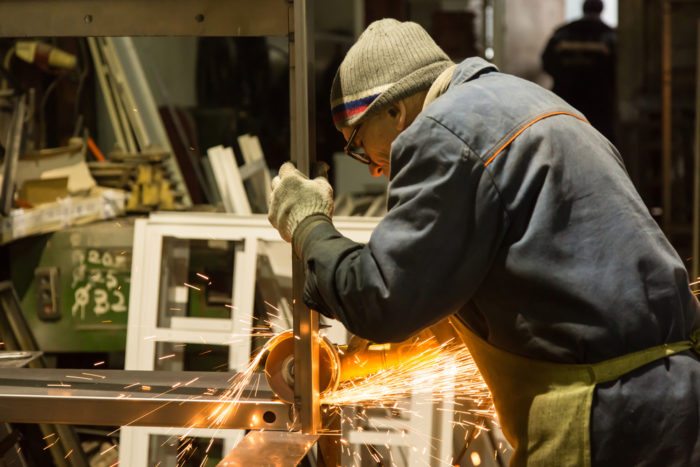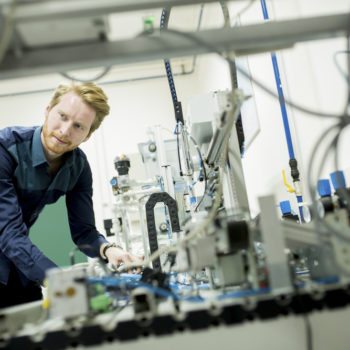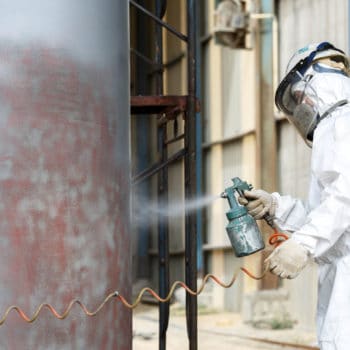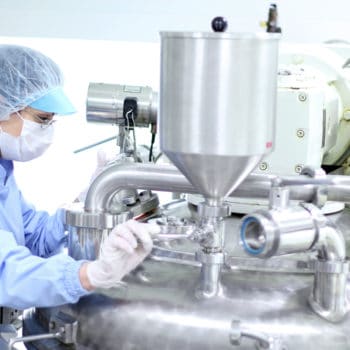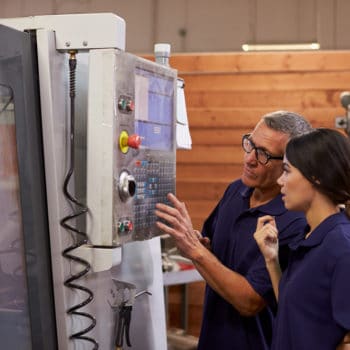Why We Love It
-
$37,660Potential Avg. Salary
-
-20.8%Job Growth Rate
-
Don't Take Work HomeCareer Attribute
-
Good Entry Level SalaryCareer Attribute
Machinists operate powerful cutting tools to create and repair precision mechanical parts. Some of the tools used by machinists are computer-guided, and others require manual operation. The goal of a machinist is to produce and repair mechanical parts precisely as defined in blueprint specifications.
Recommended Schools
What is a Machinist?
The following job responsibilities are common for individuals in machinist roles:
- Read blueprints to understand and interpret part specifications
- Manually operate powerful metal cutting equipment like lathes, milling machines, drill presses, grinding machines, and bench grinders, or program computer-guided equipment for operation
- Create and/or repair metal mechanical parts
- Perform thorough testing on produced parts to ensure specifications are precisely met
A Day in the Life
Machinists operate powerful metal cutting equipment like lathes, milling machines, drill presses, grinding machines, and bench grinders to form or repair metal parts. Depending on the equipment used and the project, machinists may simply input specifications into computer-guided cutting equipment, or they may manually cut and form metal parts. Specifications for parts are delivered to machinists in blueprint form, and machinists must interpret blueprints to form parts that meet exact specifications.
While some machinists may produce parts in large quantities, more often machinists produce individual custom parts or repair parts for customers. Generally, parts created or repaired by a machinist are used in mechanical engines and may include items like bolts and pistons. Machinists interpret blueprints, choose the appropriate equipment to be used, utilize the equipment to build or repair the requested part, and test produced parts to ensure parts meet specified requirements.
Machinists spend their days performing a number of responsibilities: they read blueprints, load parts into machines, manually cut and create parts, test the accuracy of produced parts, adjust parts when they don’t meet specifications, and monitor and repair equipment and tools. Machinists that work in mass-production facilities rarely make parts manually; rather, they ensure that computer-guided machining equipment is performing as expected and producing desired results.
Typical Work Schedule
While many machinists work in businesses that are only open during normal business hours, some machinists may be required to work evenings and weekends if employed by a facility that operates 24-hours a day. Most machinist positions are full-time, and overtime requirements are common.
Machinist Specializations
- Production machinists work in facilities where parts are mass-produced and typically supervise computer-guided equipment rather than manually creating parts.
- Maintenance machinists build or repair parts for existing machinery. They may work alongside mechanics to repair or replace client engine parts or form custom parts.
Typical Employers
Machinists are most commonly employed by organizations in the manufacturing industry, which may include manufacturers of screws, nuts, bolts, car parts, or airplane engine parts. Additionally, machinists may work alongside mechanics at auto shops.
Recommended Schools
How To Become a Machinist
A high school diploma is required to work as a machinist, and subsequent education is received through either technical/vocational colleges or apprenticeships. As the equipment used by machinists has become more technical in recent years, it’s advantageous for aspiring machinists to pursue certificate or associate’s degree programs that offer education in algebra, trigonometry, and computer systems, in addition to on-the-job skills like reading blueprints, operating machinery, and safety protocols.
However, a technical degree is not an absolute requirement for working as a machinist. Many machinists learn the tools of the trade by working as an apprentice under an experienced machinist. Apprenticeships last for many years before individuals are qualified to work as machinists without supervision, though apprentices are generally paid for the hours worked as part of an apprenticeship. Often, apprenticeships and college programs are completed concurrently.
Conversely, some certificate- or degree-holding machinists can find work without having engaged in an apprenticeship by manufacturing companies that provide on-the-job training. These individuals usually start in entry-level positions operating the most basic equipment and work their way up to full machinists that are able to operate all equipment used by a facility to manufacture parts.
Machinist Salary Data
We’ve provided you the following to learn more about this career. The salary and growth data on this page comes from recently published Bureau of Labor Statistics data while the recommendations and editorial content are based on our research.
National Anual Salary
Low Range
$27,920Average
$37,660High Range
$55,480National Hourly Wage
Low Range
$13/hrAverage
$18/hrHigh Range
$27/hrHow do Machinist salaries stack up to other jobs across the country? Based on the latest jobs data nationwide, Machinist's can make an average annual salary of $37,660, or $18 per hour. This makes it an Above Average Salary. On the lower end, they can make $27,920 or $13 per hour, perhaps when just starting out or based on the state you live in.
Salary Rankings And Facts
#572 Nationally for All Careers
Highest Education Among Machinists
- 0.1% Doctorate
- 0.3% Masters
- 2.7% Bachelors
- 5.1% Associates
- 19.3% College
- 51.5% High School
- 20.9% Less than High School
Job Growth Projections and Forecast
2014 Total Jobs
17,8002024 Est. Jobs
14,100Job Growth Rate
-20.8%Est. New Jobs
-3,700How does Machinist job growth stack up to other jobs across the country? By 2024, there will be a change of -3,700 jobs for a total of 14,100 people employed in the career nationwide. This is a -20.8% change in growth over the next ten years, giving the career a growth rate nationwide of Below Average.
Growth Rankings And Facts
#790 Nationally for All Careers
What Companies Employ The Most Machinists
| Industry | Current Jobs | New Jobs Needed | % Increase |
|---|---|---|---|
| Machine shops | 1,600 | -300 | 0% |
| Other fabricated metal product manufacturing | 1,300 | -200 | 0% |
| Turned product and screw, nut, and bolt manufacturing | 1,300 | -200 | 0% |
